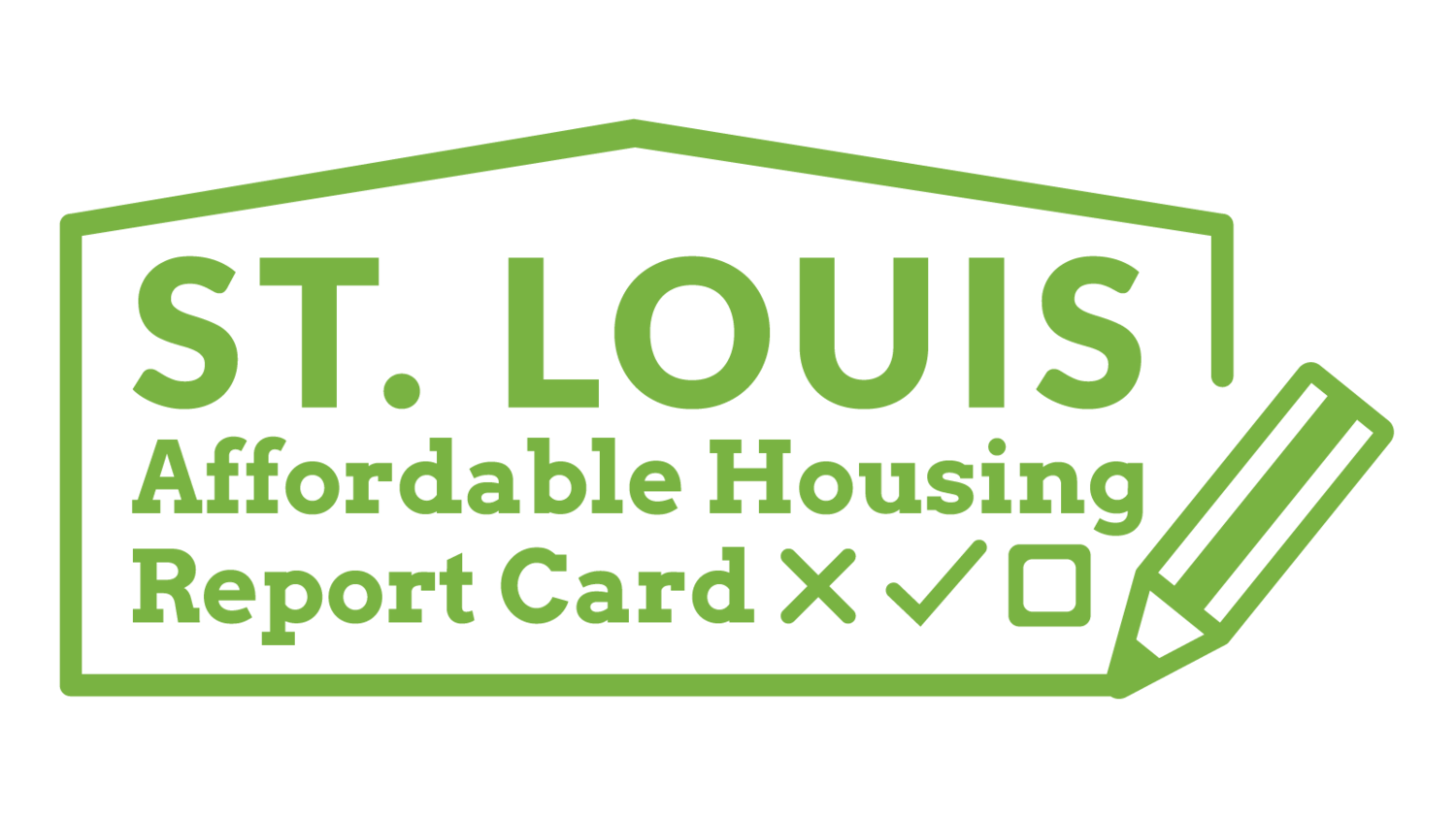
Estimating Affordable Housing Supply
Overview
To estimate the supply of affordable housing, we use American Community Survey estimates of housing units by tenure, gross rent or housing costs, and bedroom count. For each household income threshold, we calculated the number of units affordable to that household by summing the count of rental units that rent at levels below their affordability threshold.
For renters, there are:
19,460 rental units that cost less than $549 per month.
118,019 rental units that cost less than $999 per month.
181,738 rental units that cost less than $1,499 per month.
194,168 rental units that cost less than $1,999 per month.
For homeowners, there are:
71,612 owner-occupied units that cost less than $599 per month.
144,294 owner-occupied units that cost less than $999 per month.
229,523 owner-occupied units that cost less than $1,499 per month.
280,672 owner-occupied units that cost less than $1,999 per month.
in the St. Louis region, studio and 1-bedroom units are predominantly rental properties, while 2-bedroom units are as likely to be owner-occupied as renter-occupied. 80% of 3-bedroom units and over 90 percent of 4-bedroom and 5-bedroom units are occupied by homeowners. That means a family without access to mortgage capital is much less likely to experience housing choice if they are looking for more than 3-bedrooms.
Gross rent is the contract rent plus the estimated average monthly cost of utilities (electricity, gas, and water/sewer) and fuels (oil, coal, kerosene, wood, etc.) if these are paid by the renter.
This table shows estimates for the number of rentals available of each bedroom type and the gross rent ranges that occupants reported paying. The supply of rental units suitable for families is even more constricted based on affordability. The gross rent thresholds shown here is what is available in the dataset that is disaggregated by bedroom count.
The U.S. Census Bureau does not produce an equivalent table for homeowners that show monthly housing costs disaggregated by number of bedrooms, which limits our ability to demonstrate unmet demand for affordable homes for purchase by bedroom type.
Vacancy adjustment
To more accurately estimate affordable housing supply, our affordable housing model takes into account housing units that were vacant for following reasons at the time of the survey:
For rent - the property was being advertised for rent.
Rented, not occupied - the property was rented but in-between tenants.
For sale only - the property was being advertised for sale.
Sold, not occupied - the property was sold but in-between owners.
Other types of vacancy that do not count towards affordable housing supply include:
For seasonal, recreational, or occasional use - The property is not designed for full-time occupancy.
Other vacant - These properties are most likely to be long-term vacant properties that are not inhabitable without significant repairs or rehabilitation. These represent 54% of all vacant units, as recorded by the American Community Survey.
The supply of renter-occupied affordable housing units will be adjusted to include the 17,547 units that were for rent or rented, but not yet occupied. The model assumes that these vacancies are equally distributed across the spectrum of asking rents and bedroom types. The supply of owner-occupied affordable housing units (when known) should be adjusted to include the 11,704 units that were for sale or sold, but not yet occupied.
Findings
42% of all rental housing in the St. Louis region are 1-bedroom units.
19% of all rental housing offer 3 or more bedrooms.
Less than 7% of all rental housing has gross rent of less than $499 per month.
The majority of rental housing that is less than $499 per month are 1-bedroom units.
44% of all rental housing units have gross rent of $500 to $999 per month.
Rental housing with 3 or more bedrooms are most likely to have gross rent of $1,000 to $1,499 per month.






